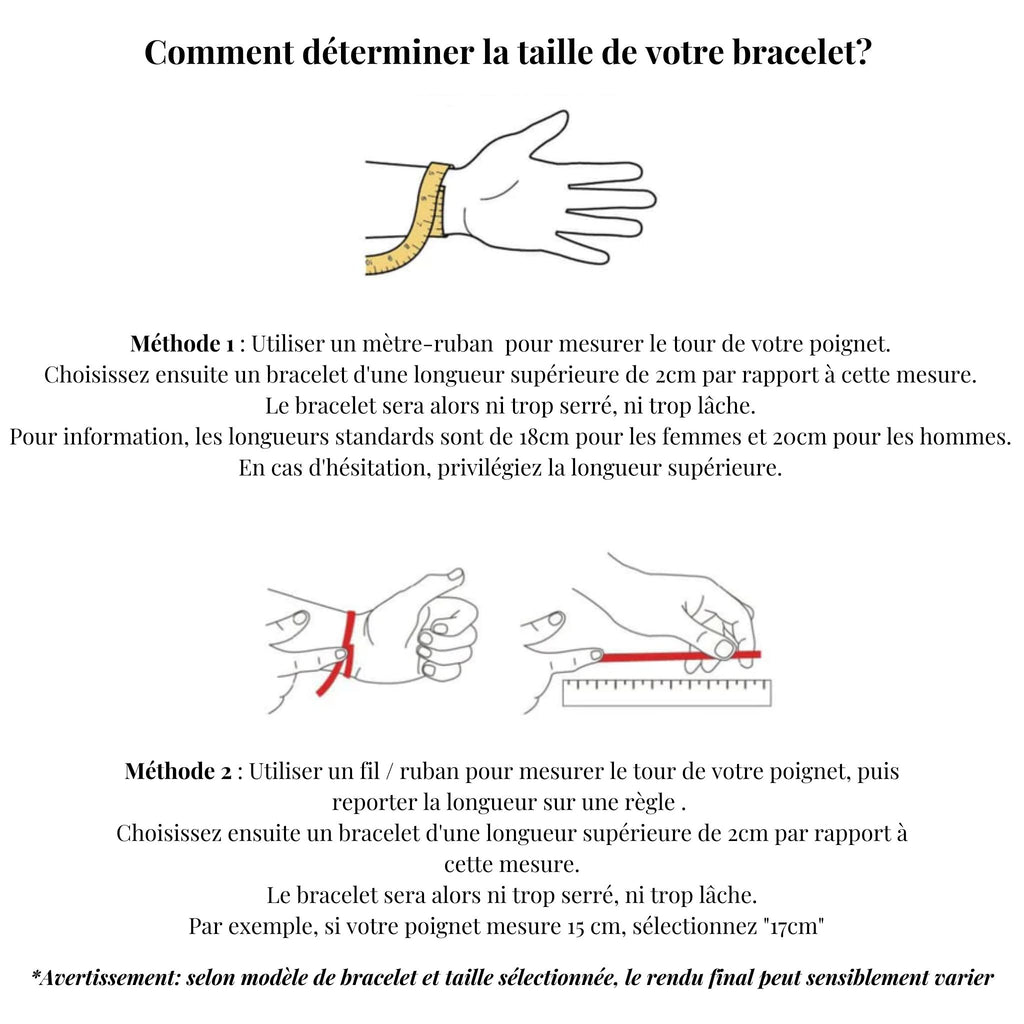Endocrine Metabolic Diseases
Are you looking for a stone to help you with a health problem? You are in the right place. For an alphabetical search of all pathologies: All pathologies
To search Endocrine Metabolic Diseases , use the summary below:
Anemia | Thyroid | Obesity | Drop | Osteoporosis | Cholesterol | Eating disorders | Glands |Anemia
Hemoglobin functions as a “molecular lung” which, within red blood cells, transports oxygen to the tissues thanks to the iron it contains. Trivial, anemia can sometimes have serious consequences, but no survey has really assessed its weight in the general population.
Thyroid
The thyroid gland is a small butterfly-shaped gland. It is located at the base of the neck and produces two hormones: triiodothyronine (T3) and thyroxine (T4). Two areas of the brain, namely the hypothalamus and the pituitary gland, control the amount of thyroid hormones to be produced and secreted into the blood.
Obesity
Obesity is characterized by significant excess weight. A disease with multiple causes, it affects 8 million of our fellow citizens. It is a risk factor for chronic pathologies (diabetes, high blood pressure, cardiovascular and respiratory diseases, etc.)
Drop
Gout is a disease in which a deposit of uric acid crystals builds up in the joints, due to high levels of uric acid in the blood (hyperuricemia). The accumulation of crystals causes painful inflammatory attacks (flare-ups) in and around the joints.
Osteoporosis
Osteoporosis is a bone disease which combines both a reduction in bone density and changes in its micro-architecture. The bone is more fragile, less resistant and, consequently, the risk of fracture increases (fractures of the femoral neck, wrist, vertebrae, etc.)
Cholesterol
Cholesterol is a fatty substance essential for the proper functioning of our body. LDL is known as “bad cholesterol” because its increase constitutes an important cardiovascular risk factor.
Eating disorders
Eating disorders are complex conditions that can manifest at a young age. There are four medically defined types of eating disorders: anorexia nervosa, bulimia nervosa, binge eating disorder (also called binge eating disorder), and unspecified eating disorders.
Glands
A gland is made up of a type of tissue called epithelium, similar in nature to the surface layer of the skin (epidermis) and mucous membranes. ... The pituitary gland, thyroid, parathyroids, adrenals and ovaries are endocrine glands.
Caution
Lithotherapy should in no case be a substitute for prescribed medical treatment. It should only act to reinforce this treatment. Medical diagnosis is essential and any ongoing treatment must be continued.















